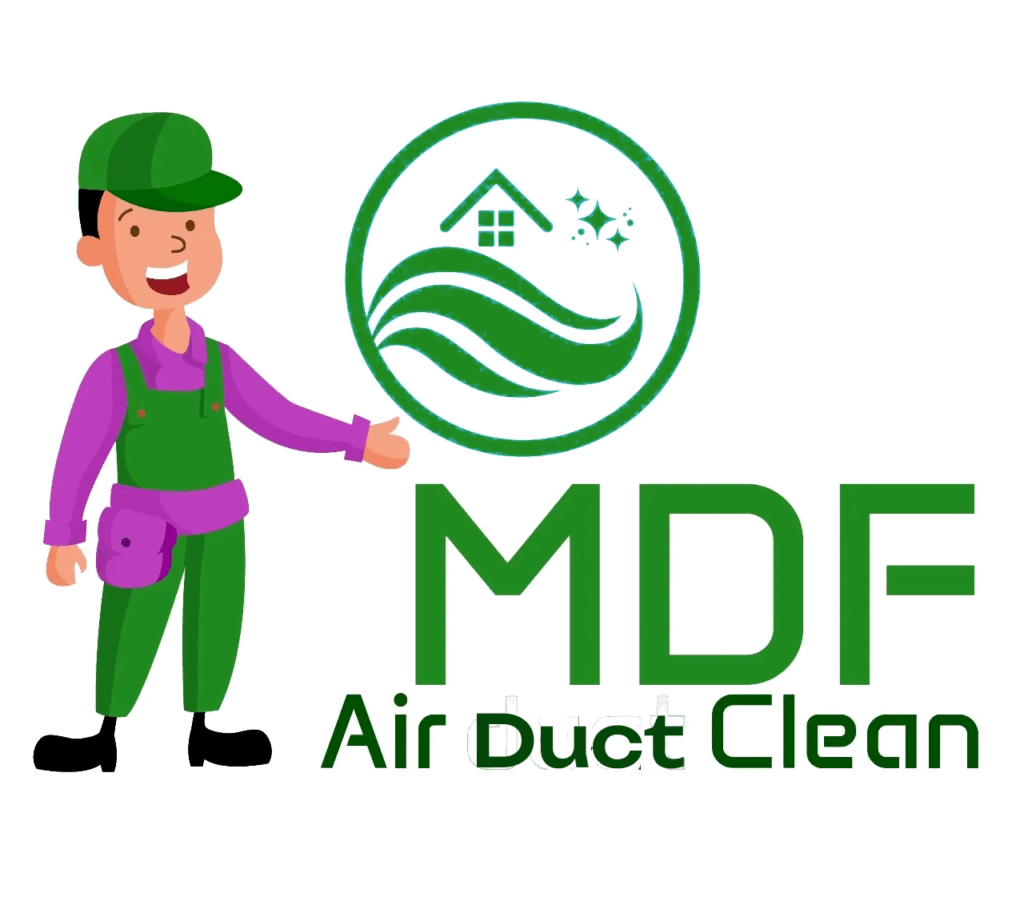Indoor air quality (IAQ) plays a crucial role in the health and comfort of your home. Most people spend up to 90% of their time indoors, so the air you breathe inside directly impacts your family’s wellbeing. From respiratory health to mental clarity, poor indoor air quality can cause a wide range of problems that affect every member of your household. In this blog, we’ll explore how indoor air quality affects your family, what causes poor IAQ, and how to improve it for a healthier living environment.
What is Indoor Air Quality?
Indoor air quality refers to the condition of the air inside your home or building, including the presence of pollutants, allergens, humidity, and ventilation effectiveness. Unlike outdoor air, which is often cleaner and regularly refreshed by wind and weather, indoor air can become stagnant and contaminated with dust, mold, pet dander, chemicals, and other harmful particles.
Common Indoor Air Pollutants and Their Effects
Dust and Allergens
Dust mites, pollen, pet dander, and other allergens are common in homes and can trigger asthma attacks, allergic reactions, and respiratory problems, especially in children and the elderly.
Mold and Mildew
Damp environments foster mold growth, releasing spores into the air that can cause coughing, wheezing, skin irritation, and, in severe cases, infections.
Volatile Organic Compounds (VOCs)
VOCs are emitted from household products like paints, cleaning agents, and air fresheners. These chemicals can cause headaches, dizziness, and long-term health issues such as liver or kidney damage.
Carbon Monoxide and Radon
Carbon monoxide is a dangerous, odorless gas produced by faulty heating systems, while radon is a naturally occurring radioactive gas. Both pose serious health risks, including fatal poisoning and lung cancer.
How Poor Indoor Air Quality Affects Your Family’s Health
Poor indoor air quality can contribute to:
Respiratory illnesses: Increased risk of asthma, bronchitis, and other chronic lung diseases.
Allergic reactions: Symptoms such as sneezing, itchy eyes, and skin rashes.
Fatigue and headaches: Chemicals and pollutants can cause general malaise and reduced productivity.
Sleep disturbances: Pollutants can aggravate conditions like sleep apnea or cause discomfort.
Long-term health risks: Prolonged exposure can lead to cardiovascular disease, neurological problems, and certain cancers.
Children, the elderly, and individuals with pre-existing health conditions are especially vulnerable.
How to Improve Indoor Air Quality in Your Home
Regular HVAC and Duct Cleaning
Dust and contaminants can accumulate in your ductwork, circulating pollutants throughout your home. Professional duct cleaning improves air circulation and reduces allergens.
Use Air Purifiers and Humidifiers
Air purifiers help remove airborne particles, while humidifiers maintain optimal moisture levels to prevent dry air and mold growth.
Proper Ventilation
Ensure your home has adequate ventilation by opening windows, using exhaust fans, and maintaining HVAC systems to bring in fresh air and expel stale air.
Control Sources of Pollution
Limit the use of harsh chemicals indoors, avoid smoking inside, and address water leaks promptly to prevent mold.
Regular Maintenance and Testing
Test for radon and carbon monoxide, service heating appliances regularly, and replace filters on your air conditioning and heating systems.
Why Choose MDF Air Duct Cleaning for Your Indoor Air Quality Needs?
At MDF Air Duct Cleaning, we understand the importance of clean, healthy air for your family’s wellbeing. Our professional services ensure your ducts are free from dust, mold, and allergens, improving your home’s air quality and creating a safer, more comfortable living environment. Protect your loved ones by scheduling an air duct cleaning today!
You can view an example here on Google Maps, which shows how accurate business details, positive reviews, and updated photos can help increase customer trust and drive foot traffic.
